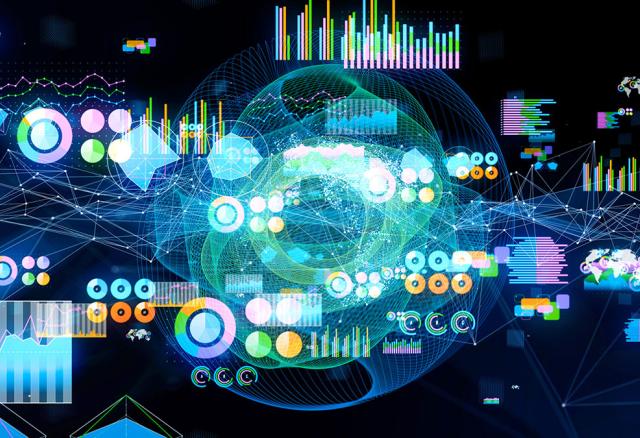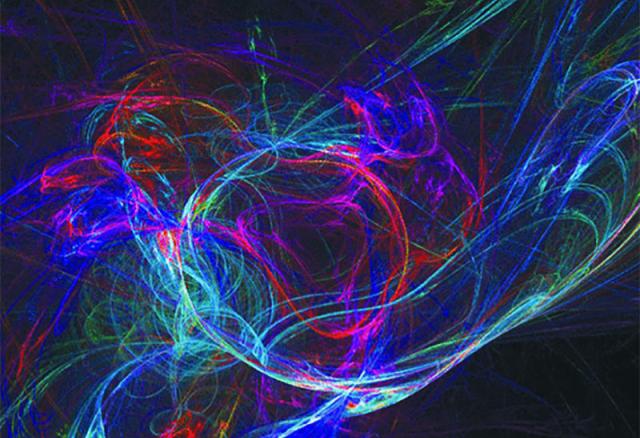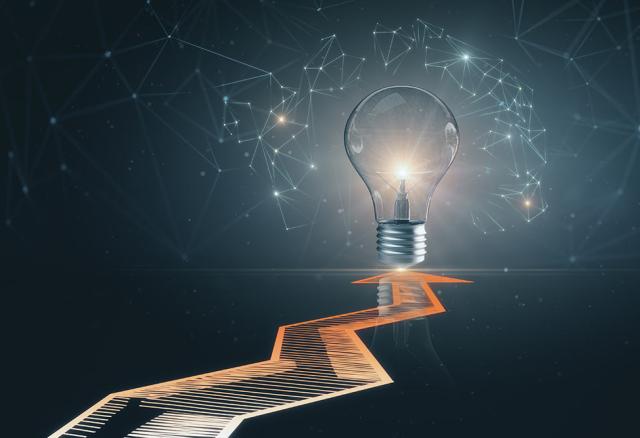The Foundations of Computational Imaging: A signal processing perspective
Twenty-five years ago, the field of computational imaging arguably did not exist, at least not as a standalone arena of research activity and technical development. Of course, the idea of using computation to form images had been around for several decades, largely thanks to the development of medical imaging—such as magnetic resonance imaging (MRI) and X-ray tomography - in the 1970s and synthetic-aperture radar (SAR) even earlier.






